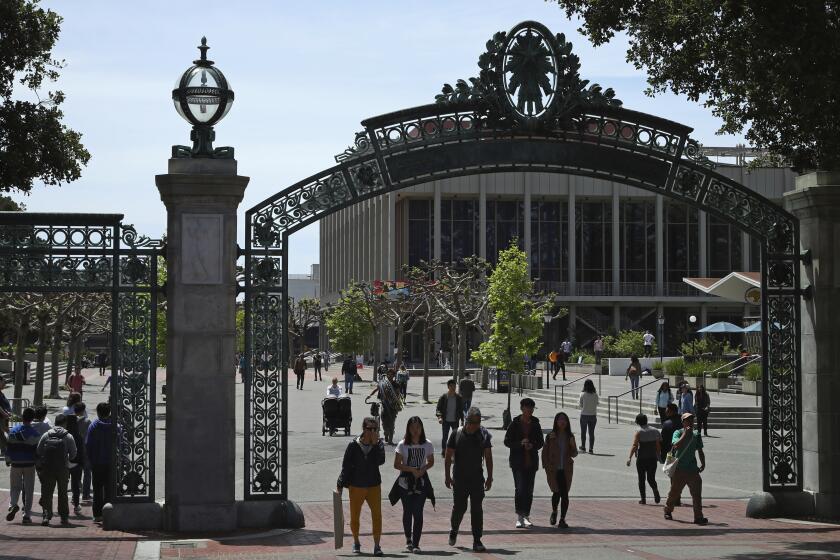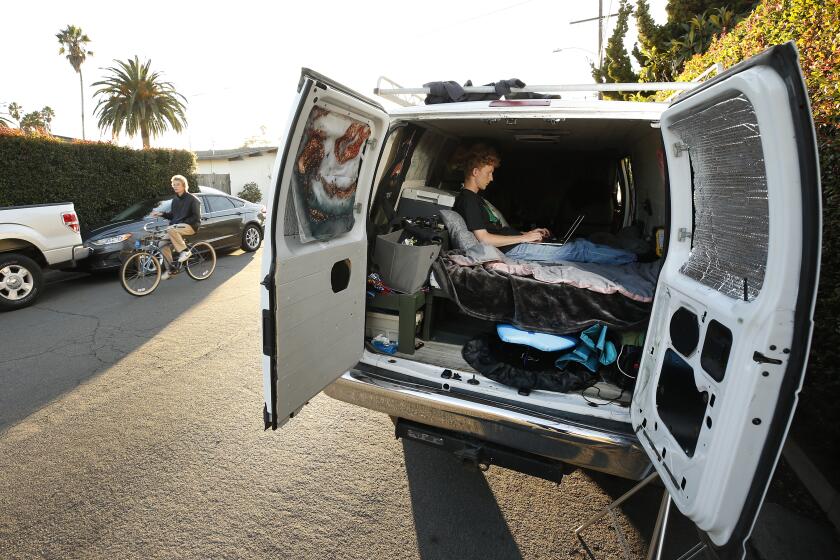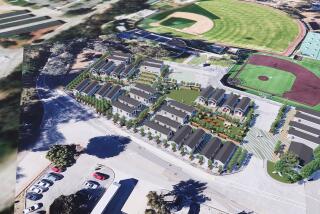Amid student housing crisis, UCLA becomes first UC campus with four-year room guarantee
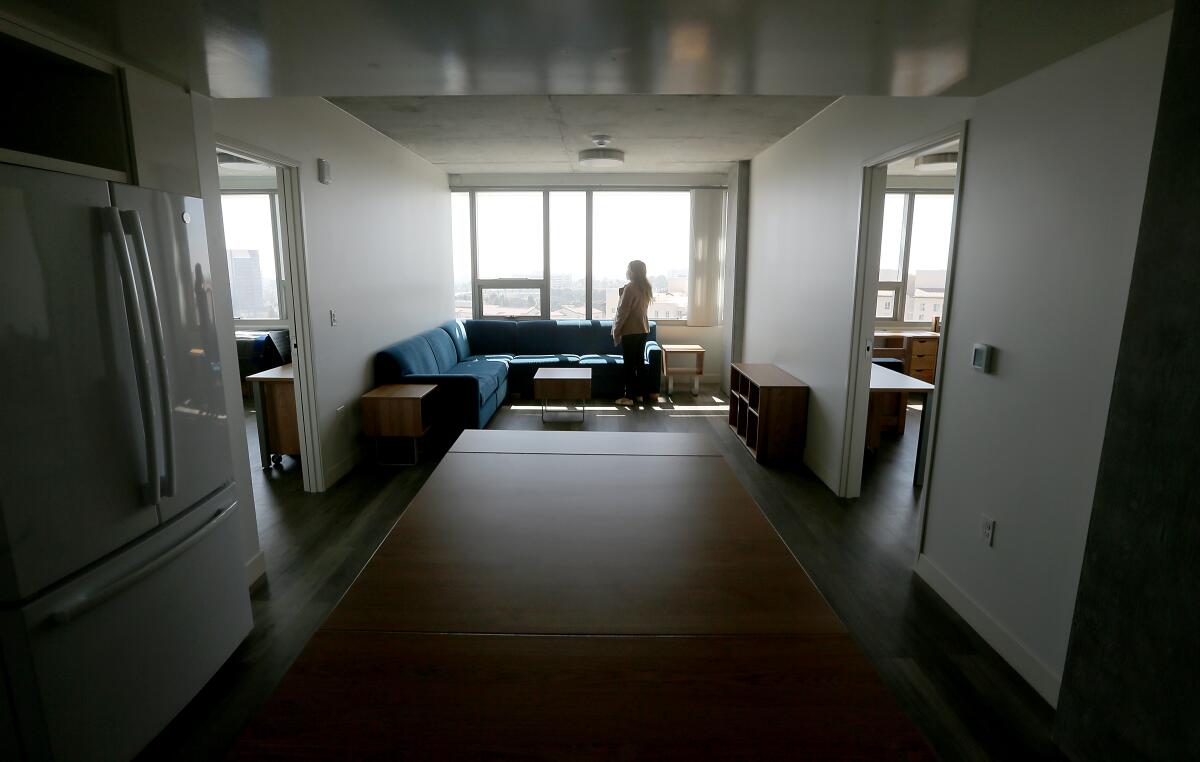
- Share via
It’s just 35 miles between UCLA and Whittier, the hometown of Albert Hsu. The first-year Bruin could have commuted and saved $14,000 a year in campus housing and meal plan costs. But that was not even a consideration, because Hsu wanted the classic college experience of independent dorm life, new friends, group study sessions — and, at UCLA, the choice of more than 1,200 student organizations.
All of that, Hsu said, enriches him personally and helps him academically. “Friends are a source of moral support, and club activities help you release stress,” he said. “So I didn’t want to commute. I wanted that full college experience.”
Ever since UCLA built its first four dorms six decades ago, in a quest to shift away from being a commuter campus, the university has known that students who live on campus do better. Now, UCLA has reached a unique milestone. With two new apartment buildings opening this fall providing 3,446 beds, UCLA will become the first and only University of California campus to guarantee housing for four years to first-year students and two years for transfer students. The campus plans to tout that selling point as it releases admission decisions this month.
“Residential housing allows us to better ensure that every student gets a good start and is therefore more likely to be successful. So we wanted to give every student an option of having four years,” UCLA Chancellor Gene Block said in an interview. “That was the dream and it’s finally coming true.”
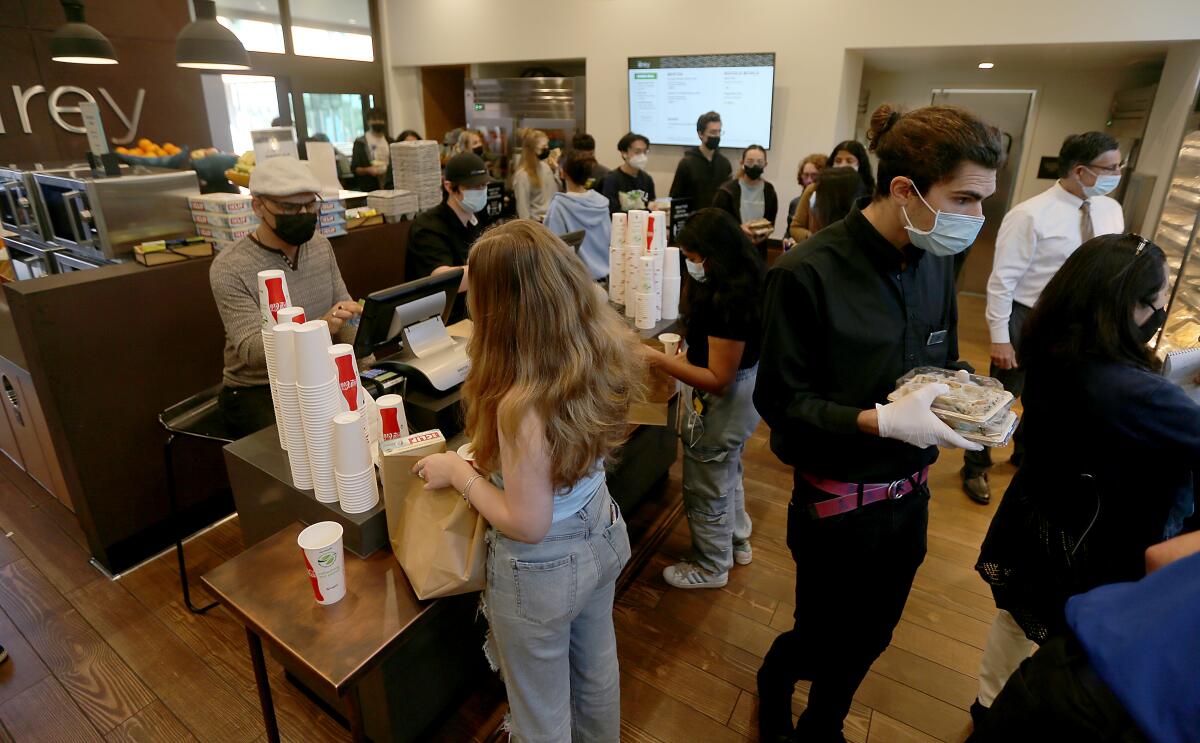
UCLA’s housing guarantee comes as an affordable college housing crisis grips the state. Last fall, more than 16,000 students in the UC and California State University systems were on waiting lists for housing, according to a report by the state Legislative Analyst’s Office, and some of those denied campus housing were forced to live in vans and motel rooms. Since 2015, UC has added 27,583 undergraduates — but only about 22,000 beds. Community protests, environmental concerns and litigation have slowed down or halted at least six UC housing projects in the last three years.
The housing shortage played out most dramatically at UC Berkeley, where litigation by a community group threatened to force the popular university to cut its incoming class by one-third — until state legislators and Gov. Gavin Newsom rushed in with a rescue plan this week. The group, Save Berkeley’s Neighborhoods, argued in part that the campus’ failure to build enough housing was sending too many students into neighborhood apartments, displacing low-income residents. Last fall, UC Berkeley turned away more than 5,500 housing requests, and 40% of undergraduates are unable to live in the city due to scarce supply and high rents, the campus reported.
Gov. Gavin Newsom signed legislation Monday that will rescue UC Berkeley from a court-ordered enrollment freeze and steep admission cuts.
UCLA, however, has managed to build enough housing for every student who wants it even though its physical footprint of 419 acres is the smallest among UC’s nine undergraduate campuses and it sits atop some of the state’s priciest real estate, near Brentwood, Bel Air and Beverly Hills.
“Because the housing market is so expensive in Los Angeles, we’re highly motivated ... to try to find less expensive alternatives for our students,” Block said. “Other campuses may not have as severe challenges with housing costs.”
UCLA’s ability to construct so much housing — and charge an average of 30% below market rental rates — rested on several factors. It had the land. It took advantage of an era of low interest rates and favorable financing terms — typically putting 20% down from reserves and covering the rest with tax-exempt bonds. The campus also built densely, which in some cases required taller buildings.
Unlike other campuses, UCLA has managed to avoid litigation from neighbors over its housing projects. That’s in part because the campus has built most of its housing within its existing footprint by redeveloping old buildings and removing parking lots. When more students live on campus, fewer cars are needed, resulting in less neighborhood traffic and pollution.
Jann Williams, a member of the Holmby Westwood Property Owners Assn., said she was “disappointed” by the height of one of the new residence buildings because it changes the street-level view of the iconic Fox Theatre. But neighbors did not consider litigation because the developments are staying within the campus and UCLA has listened to community concerns, she said. The increases in student enrollment over time are a little “frightening,” Williams added, but for “the greater good of California.”
Other campuses have faced rockier reactions. At UC Santa Cruz, a student family housing complex has been stalled by litigation because environmentalists are opposed to the proposed location, an open meadow.
And at UC Santa Barbara, plans for a 4,500-bed mega-dorm with tiny rooms and few windows — derisively dubbed “Dormzilla” — have sparked campus outrage and demands for a retool.
California’s student-housing crisis has forced hundreds of UC students to live in hotel rooms and vehicles. But campus building efforts have sparked litigation and outcry at campuses, including UC Santa Barbara.
With the opening of UCLA’s two new residences, Gayley Heights and Southwest Campus Apartments — and two dorms, Olympic and Centennial, that opened last fall — the university expects to house 13,620 undergraduates on campus in fall 2022 in 17 residential buildings. Another 9,300 graduate and undergraduate students live in off-campus but university-owned apartments purchased or developed over the years.
Officials describe the new housing like real estate agents.
Gayley Heights is a high-rise residence building, with one of two towers extending 17 floors featuring a view of Catalina Island and the Pacific Ocean for those lucky students able to nail a room on an upper floor. It features modern, clean lines and favored materials of wood, stone, steel and glass with floors of polished concrete and vinyl planks for durability. The first floor includes a large communal study space and opens into a courtyard with an outdoor barbecue, string lights and palm planters. Each unit offers one to four bedrooms. A solar-powered instant hot water heater will save both heating costs and water usage. The school-year cost will range from about $12,400 for a four-bedroom, four-person unit to about $6,700 for a one-bedroom, four-person unit.
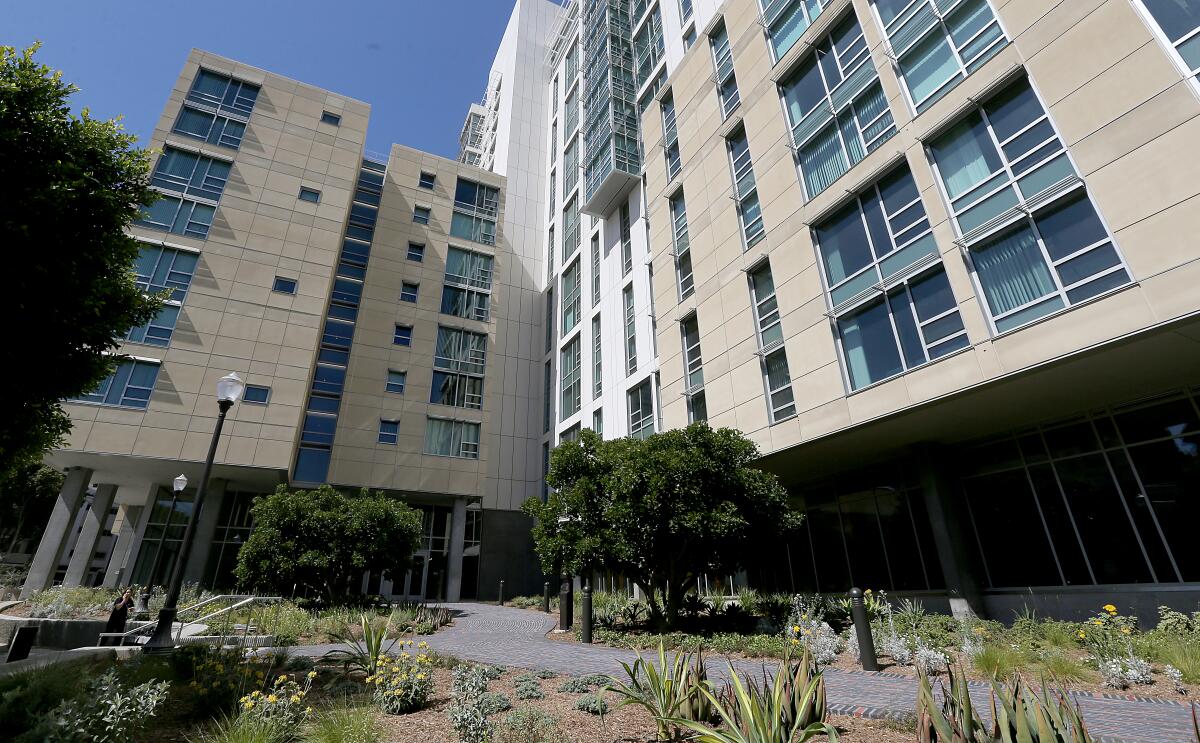
The Southwest Campus Apartments are still under construction but will feature a courtyard with olive and citrus trees, a 4,500-square-foot multipurpose room with a giant flat-screen TV for communal viewing — and a teaching kitchen where students can learn to cook. The space is also envisioned as a place where employers can gather to meet and recruit graduate students. Rates will range from about $12,400 for a four-bedroom, four-person unit to about $8,900 for a four-bedroom, eight-person unit.
The two dorm halls opened last fall offer mostly triple-occupancy rooms with communal bathrooms and no kitchen, but the building boom will allow UCLA to reduce such density across its housing program to include more doubles. A triple with 11 meals a week costs about $14,000 for the school year.
Rohan Saklani, a first-year student from Simi Valley, shares a two-bedroom unit in Rieber Terrace with five roommates. He said campus living has been good — too good in some ways, as he’s gained the dreaded “Freshman 15” pounds scarfing down pasta in the new Epicuria dining facility themed to cuisines from around the Mediterranean Sea. He has joined the Bruins Sports Analytics Club, where he combines his love of sports and data science. Living, studying and socializing with other high-achieving students helps motivate him to work hard, he said.
“You’re in a place with smart people who are getting work done and that inspires you to get out of bed,” he said. “You’re surrounded by individuals who want to succeed in life and that makes you want to do the same.”
Pete Angelis, UCLA’s assistant vice chancellor of housing and hospitality, said the campus living experience is about far more than simply a bed to sleep in. His team has integrated into the housing complexes an assortment of study spaces, dining facilities, fitness rooms, and even a “maker space” where students can destress and unleash their creativity in making projects with 3-D printers, laser cutters, woodworking equipment and embroidery and sewing machines.
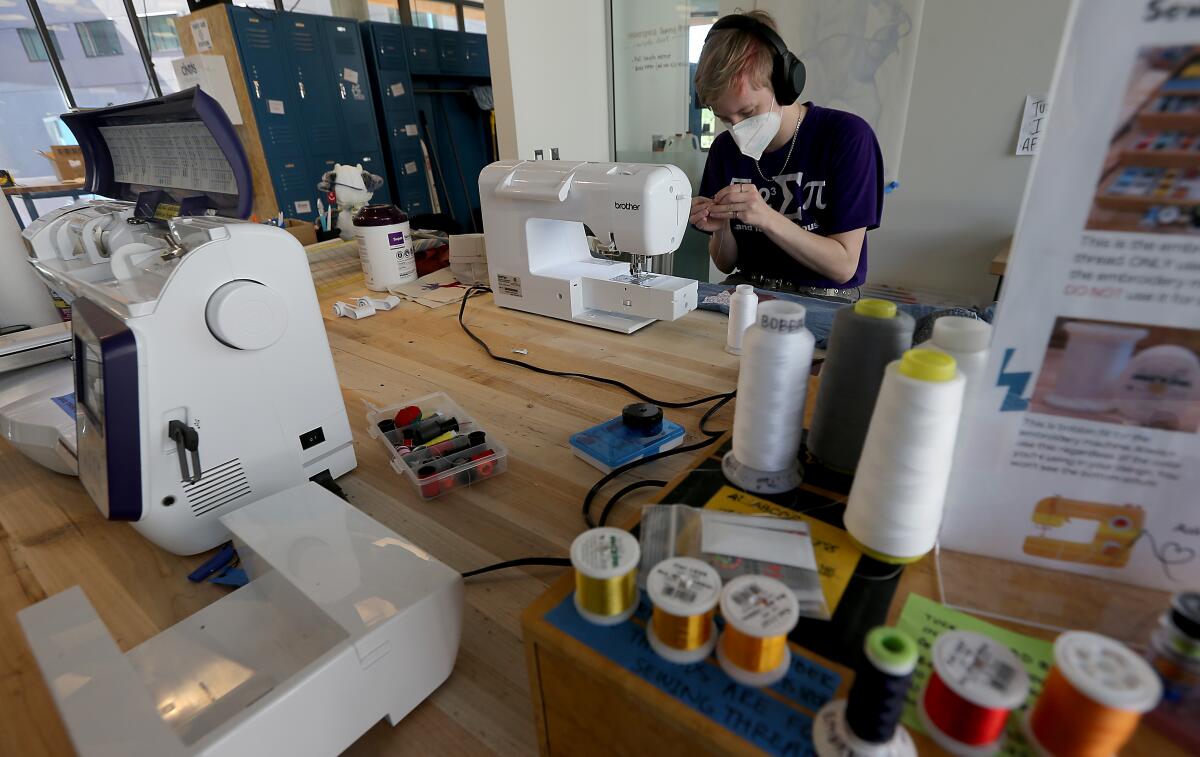
Research has underscored the importance of on-campus living. A University of Oregon study of 34,000 first-year, full-time students enrolling between 2006 and 2014 found that those who spent their first academic year in campus housing had higher grade-point averages, higher retention rates and graduation rates, and faster graduation times. Those students also expressed more satisfaction with life, had a higher sense of social belonging, engaged in more extracurricular activities and tended to seek out campus resources for help.
“Only about 20% to 30% of learning actually takes place in the classroom,” said Youlonda Copeland-Morgan, UCLA‘s vice provost for enrollment management. “It’s what students do with their time outside of the classroom that enhances their experiences and strengthens their focus on their academics through internships, working collaboratively and living in a residential community with students from different backgrounds from over 90 different countries and all 50 states, learning from others.”
Robert Snipes, a sophomore from Paso Robles, couldn’t agree more. He said on-campus living has allowed him to make friends with people from around the world, including South Korea and India, transforming him into a more empathetic, extroverted person. It’s also helped him find his passions through a campus computer science honor society and Bruins Opposing Speciesism, an animal advocacy organization.
Mariya Klymenko, a first-year student from Marin County majoring in biochemistry, said campus life has been all she imagined. Her roommates have become her best friends. Her residence floor has hosted field trips to the California Science Center, a tour of campus lab facilities and parties for Halloween and the Super Bowl. She also has stepped into student government as an on-campus housing representative.
“It’s all added to the overall experience of university and helped me find my place here,” she said.
More to Read
Sign up for Essential California
The most important California stories and recommendations in your inbox every morning.
You may occasionally receive promotional content from the Los Angeles Times.
